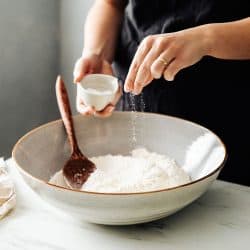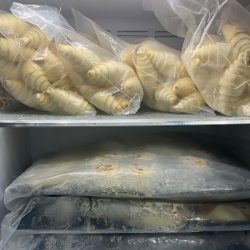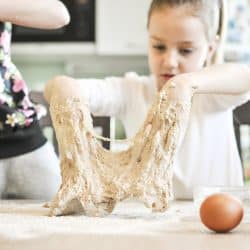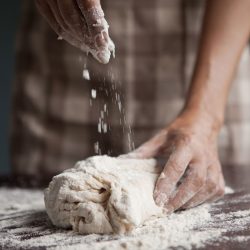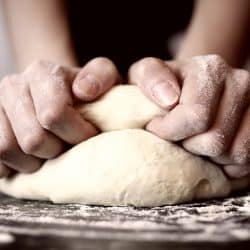Finding the perfect recipe for a dessert can feel like an impossible task at times. Do you want to try making a puff pastry but have no idea how many layers it should have? What about how many times you need to fold one? Well, we've done extensive research into this topic and have the answers below.
Generally, a puff pastry will have between 500 and 700 layers. Although this number can be intimidating, using puff dough will essentially do the work for you. Furthermore, some chefs recommend closer to 729 layers for a "classic" puff pastry recipe, so each one will be different.
As we begin, we will cover all things puff pastry baking and discuss how many layers one needs. Whether you're an experienced chef or just getting started, we're here to offer plenty of help. With that said, let's jump right into this post!
![Cinnamon and apple lattice puff pastry cake - How Many Layers In Puff [And How To Make One]](https://kitchenseer.com/wp-content/uploads/2022/05/Cinnamon-and-apple-lattice-puff-pastry-cake-How-Many-Layers-In-Puff-And-How-To-Make-One.png)
What Is A Puff Pastry?
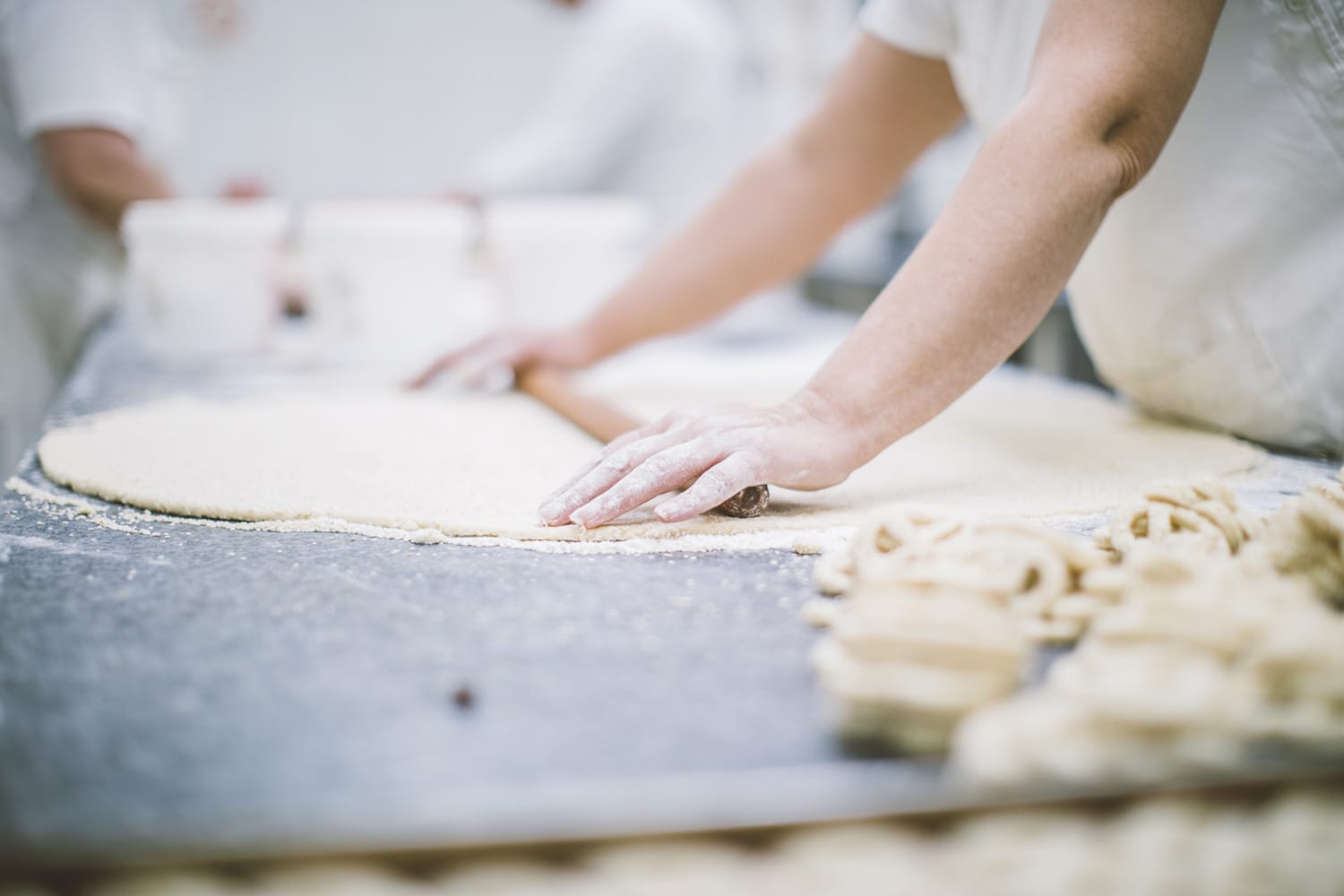
For those still unsure of what a puff pastry is, think of it as a light and flaky pastry made from a laminated dough. Moreover, a puff pastry can also be made by alternating layers of butter and dough, so there isn't one set way to do this.
With that said, the main ingredients in a puff pastry dessert include butter, salt, water, and flour. That is a relatively short ingredient list, so you won't need to spend a long time at the store.
Furthermore, you don't need to use leavening agents for baking a puff pastry. These are also commonly called "rising agents" and include baking soda, baking powder, whipped egg whites or cream, and active or instant dry yeast.
Again, a major part of the appeal of puff pastries is that they rise without these ingredients, hence the high amount of layering.
Why Are There So Many Layers In A Puff Pastry?
The main reason a puff pastry has nearly 700 layers on average is how it's made. Generally, the rolled-in butter is the primary cause of this, as it is responsible for creating distinct layering.
Estimating that you will turn a puff pastry around six times, you can expect it to have around 729 layers once it is done. Furthermore, it's possible to see a puff pastry reach layering as extensive as 2,187, which is crazy to think about.
Each layer is essentially a thin layer of dough sandwiched between two layers of fat. Again, you aren't the one creating hundreds or even thousands of layers; your pastry does this for you.
This extensive layering also explains why puff pastries flake so easily and taste like a cloud of butter.
What Does It Mean To Turn A Puff Pastry?
For those wondering what the term "turn" means concerning puff pastry baking, this is quite simple. When you turn a puff pastry, you essentially go through one round of rolling and folding your dessert.
As we mentioned, most chefs recommend at least six turns for a puff pastry, although some say closer to eight will make a better final product.
You may also want to chill your dough in the refrigerator every two turns. Remember, the art of puff pastry making is a tedious one, so the more patience, the better.
According to Kitchn, you might need to chill your dough every time you turn it if your kitchen is warm, so that's something to think about. This dessert is temperature-sensitive, so any fluctuation can affect the final taste.
Can You Turn A Puff Pastry Too Much?
Yes, it is possible to overturn a puff pastry. Generally, you don't need to turn your dough more than 5-7 times, so anything more than that won't be beneficial.
Considering that each time you turn a puff pastry, its layers become thinner, exceeding seven turns can result in a flat, less than ideal dessert.
Instead, stay around five layers if you prefer extra fluff and flakiness, and go to seven if you like a thinner final consistency. The key to making a perfect puff pastry is patience and proper technique.
How Do You Make A Puff Pastry?
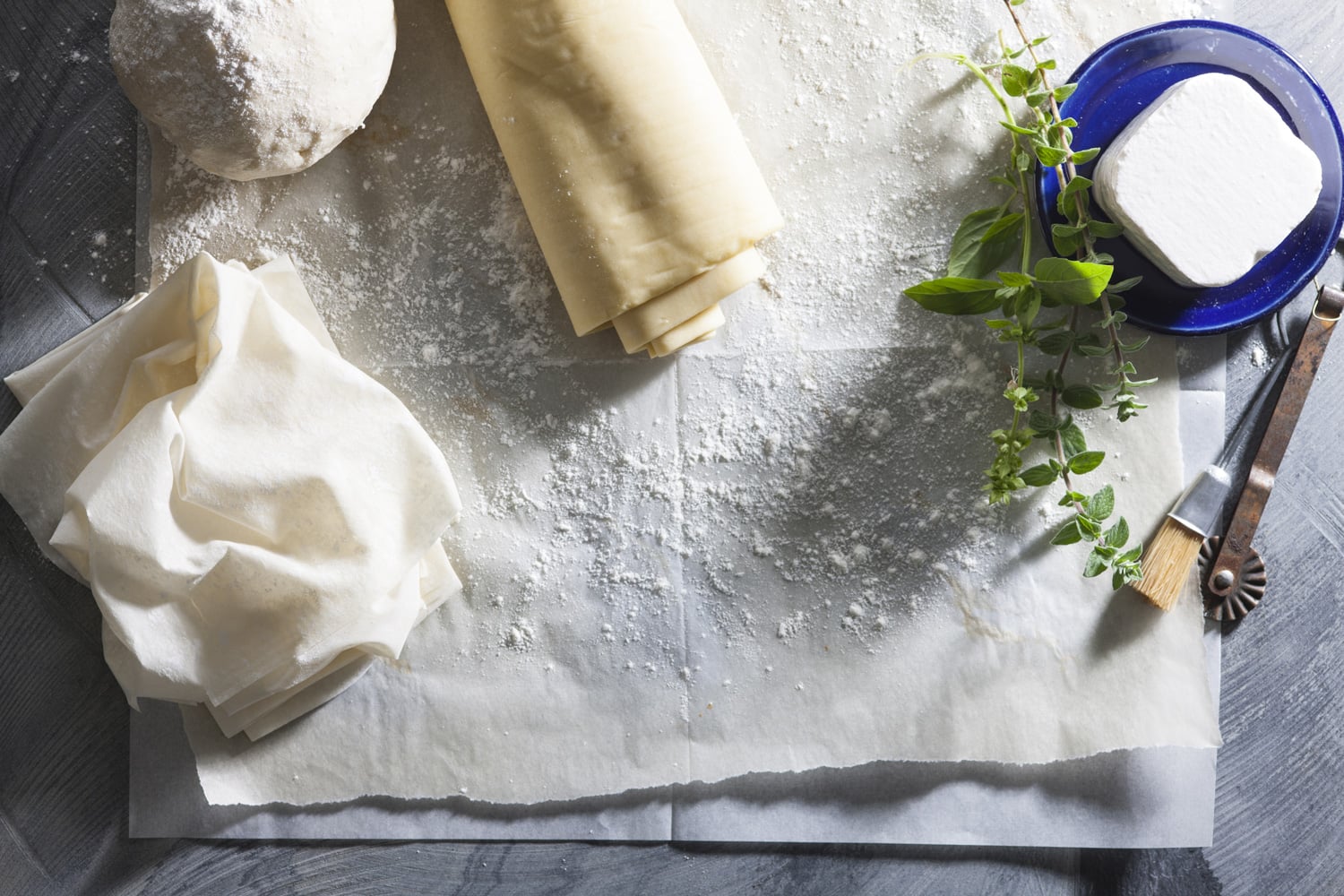
For anyone wanting to try making a puff pastry, this won't be super hard. First, it's good to know the process behind this recipe.
As we said, to make a puff pastry, you'll need to follow the process of lamination. That is when a block of butter is wrapped fully with dough, being sealed entirely.
You will then start to turn your dough, creating the opportunity for layering. Think of this as folding your dough with butter inside repeatedly until it's ready to go into the oven.
Steps To Make A Puff Pastry
Now that you have a general idea of puff pastry making, it's time to put that knowledge into action. First, you need to gather your ingredients:
- Flour
- Sugar
- Butter
- Water
- Salt
You then need to follow a few simple steps:
- Start by grating your butter (you may need to freeze it beforehand).
- Combine the grated butter with whisked flour, sugar, and salt.
- Pour water over your mixture, folding it until everything clumps together.
- Knead your dough mix and shape it into a 1/2 inch thick square.
- Wrap your 1/2-inch squares in plastic and place them in the fridge for an hour.
- Laminate your dough on a lightly floured surface by rolling it (folding in thirds).
- Turn your dough 90 degrees and repeat this process - rolling, folding, and rotating three times.
- Chill your dough mix every 2-3 turns, and if it's hot in your space, every other turn.
- Turn your oven to 400 degrees and place your puff pastries in for around 15-25 minutes.
One thing to note, you may want to have your oven be set a bit higher to 425 degrees, but this can vary depending on your exact recipe/quantity.
Furthermore, you will know a puff pastry is done if it looks fluffy and has a golden brown exterior color.
How Long Does It Take For A Puff Pastry To Bake?
Depending on how hot your oven is and how many puff pastries you're making, overall bake time can vary. You want to set the oven to between 400 and 425 degrees, as we covered above.
From there, you will need to let your puff pastry dough rise in the oven for about 20 minutes. Again, this entire process can be as fast as 15 minutes, so we recommend keeping a close eye on your dessert.
It's also a good idea to look out for the exterior of your pastry. If the outer shell has a deep golden/brown color, it is ready to take out and serve.
Furthermore, a puff pastry will start to rise, giving it a "fluffy" look, so keep watch for that.
What Does It Mean If A Puff Pastry Doesn't Rise?
If you run into an issue with your pastry not rising during the baking process, this could mean your oven isn't hot enough. Generally, you need to bake puff pastries in hot temperatures for them to rise.
Between 400 and 425 degrees, Fahrenheit seems to be the sweet spot here. Your oven needs to become hot enough for steam to form, essential for puff pastries to rise/develop.
If you set your oven too low, like at 350, you could need to keep them in longer or start over entirely. So when in doubt, turn up the heat in your oven, and you should notice rising within 10-15 minutes.
Should I Chill My Puff Pastry Before Putting It In The Oven?
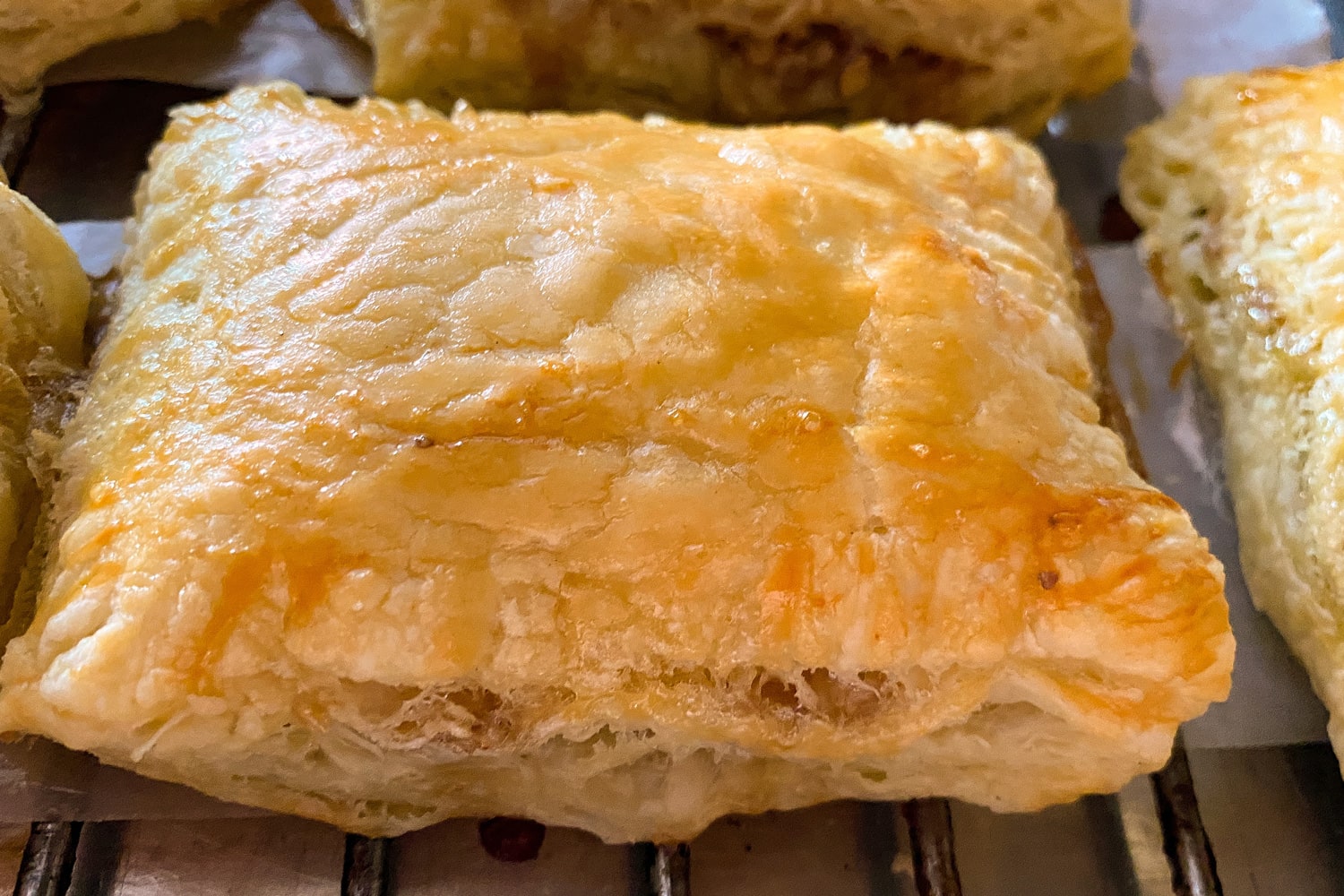
Yes, it is good to chill a puff pastry before putting it into the oven. As we mentioned, this dessert doesn't like the heat, so the colder it is while you're making it, the better.
It's also important to remember to refrigerate a puff pastry every two or so turns. Doing this plays a critical part in the layering process and will affect your dessert's final consistency.
Failing to do this can result in a flat, less than tasty product, so try not to cut corners. Additionally, it may be worth placing your puff pastry dough into the fridge for 30 minutes before oven baking to ensure the butter layers remain separate.
What Happens If You Don't Chill A Puff Pastry?
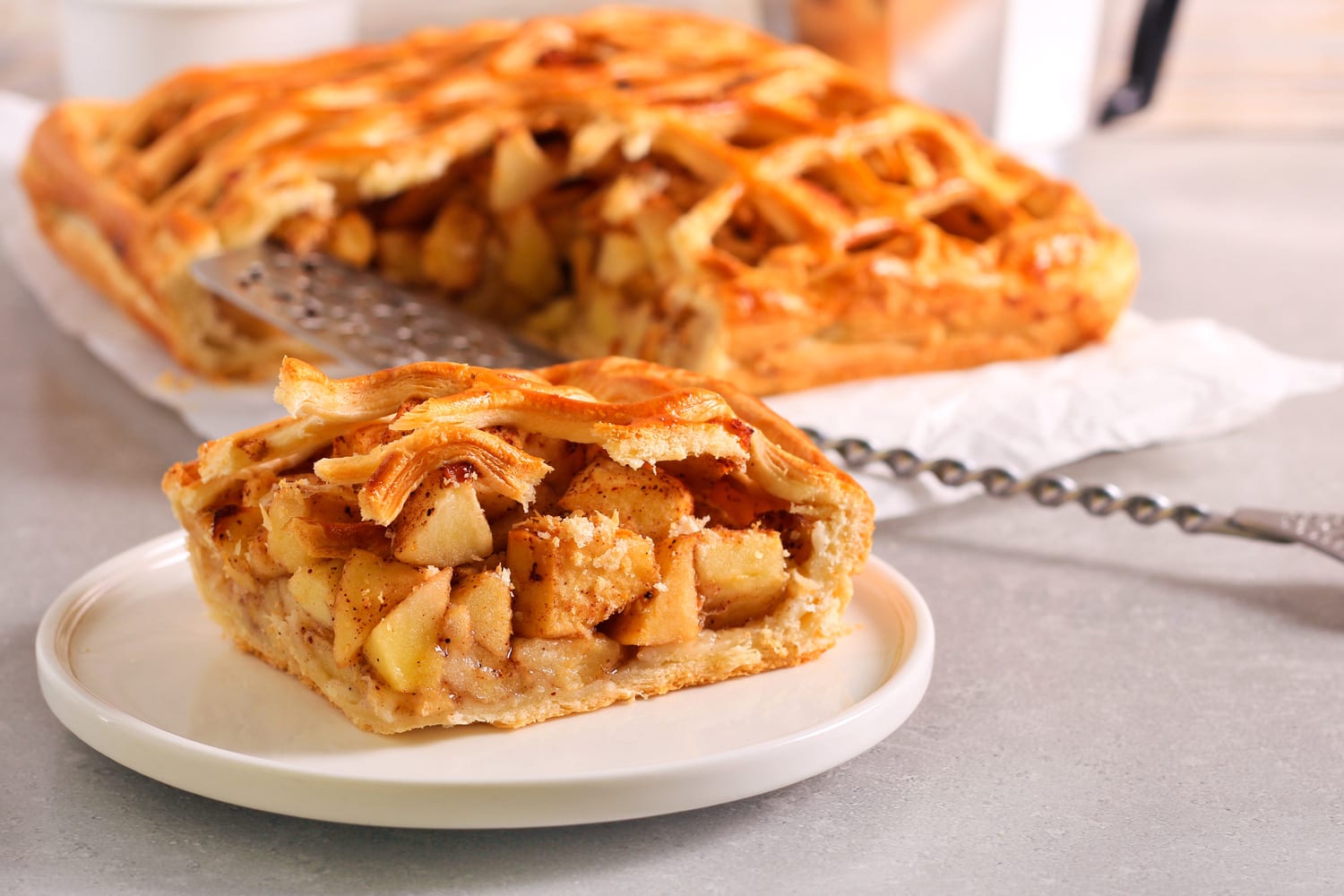
If you don't chill a puff pastry before it goes in the oven, expect it to lose its shape and consistency. As we covered above, failing to refrigerate a puff pastry before it bakes can be detrimental to the outcome.
Considering that the main ingredient in a puff pastries recipe is butter, letting it sit out before baking it essentially allows your dessert to melt. Furthermore, you could also see the center of your puff pastry become soggy and not cook throughout, which isn't good.
So make sure to give your dessert at least 30 minutes in the fridge before baking, and around 15 between each 1-2 turns.
To Wrap It Up
Whether you love baking or want to get started, knowing the basics of a puff pastry recipe is always helpful. From what we found, you want to have between 500 and 700 layers in a traditional puff pastry dessert.
However, some chefs recommend turning up to seven times, which means upwards of 1,000 layers. Generally, the more your turn a puff pastry, the finer it will be, so try not to overdo it.
Regardless, follow the proper oven temperature guidelines, and don't be afraid to let your dessert sit in the refrigerator for a while before you get to baking it.
Made it to the end? Check out these super helpful related baking posts below!
Top Or Bottom Heat For Baking? [Cake, Cookies, Bread, And More!]
Can You Make Pastry Dough In A Food Processor?
At What Temperature Should You Bake Pie Crust?

